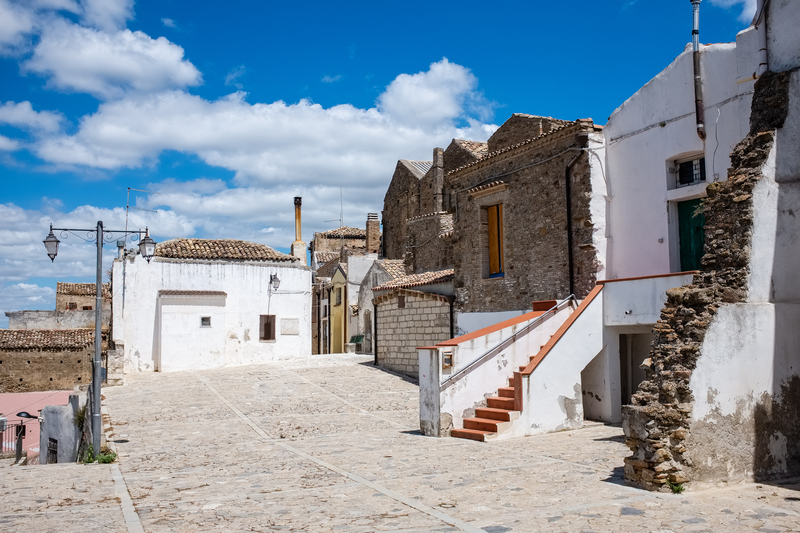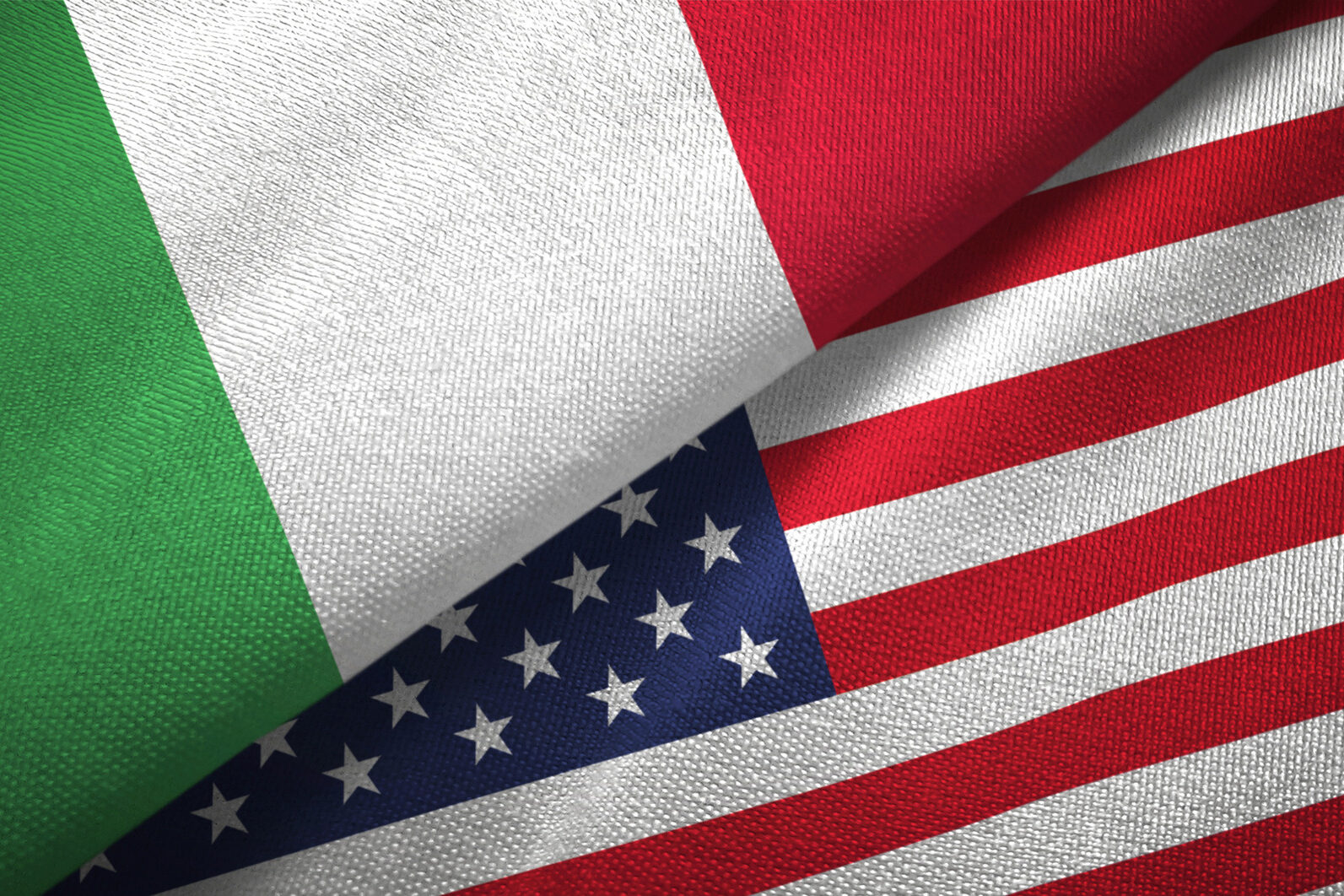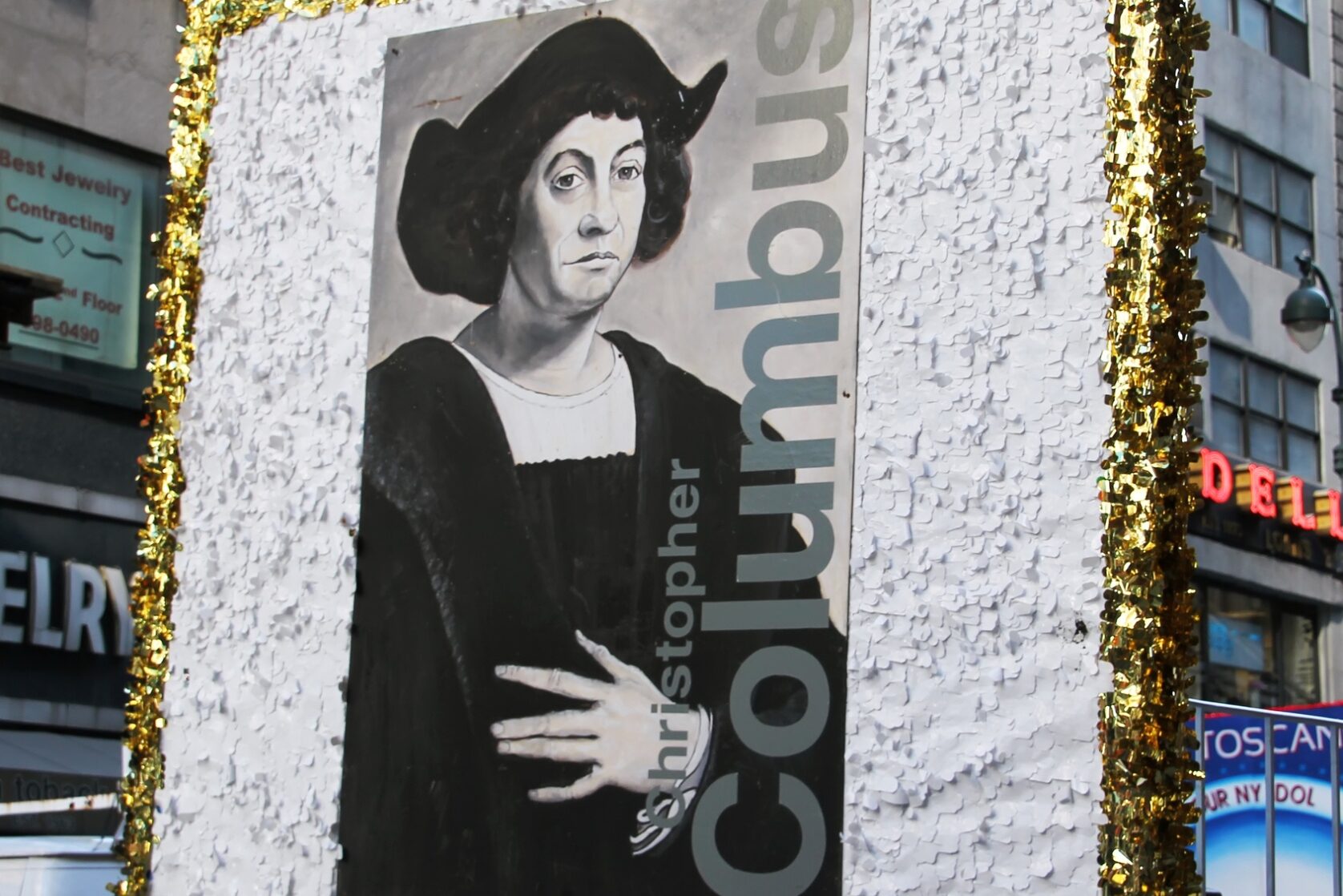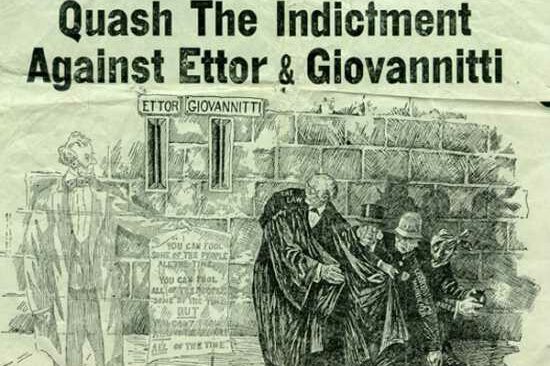Dear Readers,
Buon Compleanno to all you “Big Bambini” delivered by the September stork and Buon Onomastico (Name Day) to all you Michaels and Michelles!
The feast day of St. Michael the Archangel is September 29. He is also the protector and patron saint of my father’s hometown, Pomarico, in the province of Matera, Basilicata. My father Vincenzo was born in September, therefore, each September I make arrangements for a memorial mass to be held in the same church where he was baptized.
My father always said that the history of his hometown went way back prima di Cristo. I recently discovered he wasn’t exaggerating and will share some interesting facts about Pomarico, a hilltop town said by some boastful Pomaricani to be higher than nearby Tricarico, Bernalda, Pisticci, Grottole, Salandra, Monte Scaglioso and Miglionico combined!
What follows comes from the Pomarico church’s archives, which date back to 1540, as collected and transcribed in Historical News about the Land of Pomarico by local attorney and historian Antonio Giordano in 1911; in Brief Historical Notes about Pomarico, written by Dr Donato Pasquale in 1940; and in Pomarico, Chronicle of Three Centuries and Family Album of Pomarico, written by school teacher Pietro Varuolo in 1979 and 1994.
**
Three hundred years before the Christian era, the cult of Hercules was thriving among the ancient people of the region. Mythology tells us that one of the legendary “twelve labors of Hercules” was stealing golden apples from the garden of the Hesperides, which was guarded by the dragon of one hundred heads. For this feat, Hercules was given the name of Pomarius, namely protector of the orchards.
**
After its original settlement was destroyed three times, Pomarico was reconstructed 455 meters above sea level on a hill in the shape of a truncated cone. Its identification goes back to an extremely tumultuous and bellicose time in the middle of the 9th century AD, a period characterized by many invasions by the Saracens. The year 1043 AD marks the beginning of the Norman domination of Basilicata, and Pomarico was linked with the destiny of the County of Montescaglioso.
**
The archive of the church of Pomarico supplies us with valuable information, not only about baptism, matrimony, and death of parishioners but also about facts and historical events that took place in the community. From the archives’ records, we learn that the parish, composed of eight churches, had an average of 30-35 priests, with a peak of 65 in 1743. An interesting fact is that, while most people at the time lived an average of 45 years, the majority of priests lived to be 70. The actual civic center of Pomarico was founded in 850 AD after old Pomarico was destroyed by Turkish hordes.
**
As years went by, the population of Pomarico grew. In 1400, several Greeks settled outside the walls and formed the town of Casale dei Greci (the Greek colony). In those years, Pomarico had many feudal lords: the most famous were Guglielmo Braccio di Ferro (William the Iron Arm), Roberto il Guiscardo, Giovanni di Monforte, and Francesco del Balzo, who is credited with the construction of Pomarico’s Chiesa Madre in 1450.
**
Pomarico’s first musical band dates back to 1816 when it performed on the occasion of the onomastico of King Ferdinand IV. In 1853, the band with its own regular schedule was formed. It used to perform faithfully at the feast of St. Michael the Archangel every year.
**
In 1828, the population of Pomarico numbered 5,427 inhabitants. In 1835, a man of intellectual talents and heart was born, Dr. Arcangelo Rossi. He graduated in 1860 in medicine and surgery and, in 1861, he was appointed physician attaché with the Italian army. In 1866, he took part in the war against Austria (the Third War of Independence) and earned a Medal of Honor. After the war, he settled in Pomarico and was on the list of physicians assisting and prescribing medicines to the poor.
**
In the entire province of Matera, the only gold medal decoration was conferred in 1927 to Francesco Caggiani, born in Pomarico in 1895. He was a sergeant in the 156th Foot Soldier Regiment: “In the war action of August 4, 1916, after all the officers of his unit had been killed, he assumed direct command, leading his men to the victorious assault.” Pomarico then dedicated a city street and the school building to his name. In 1925, the monument to the war veterans was dedicated, too. Sixty people died during the Second World War and, in 1989, the city administration ordered a plaque to be erected in memory of those who lost their lives in that war.






























